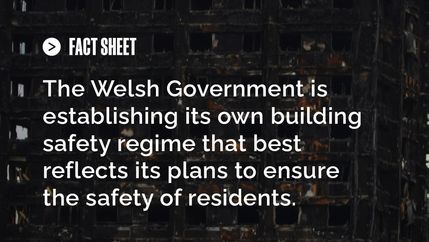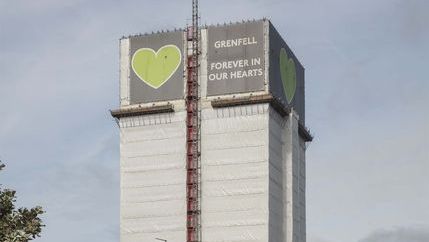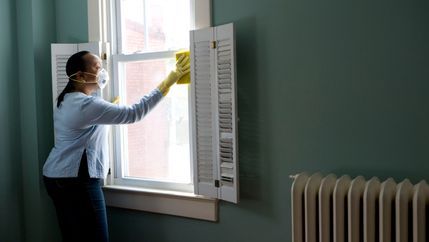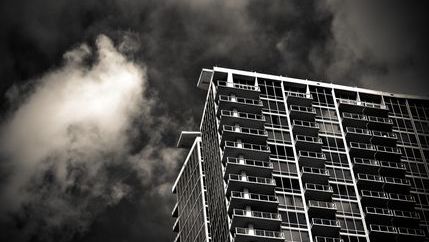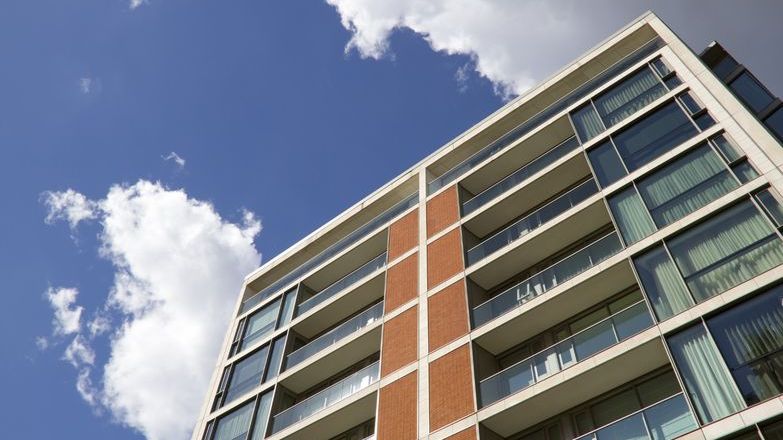
Backed by the principles of safety, accountability, and resident empowerment, the Bill forms part of the Welsh Government’s response to the Grenfell Tower fire. It introduces a new legal role, the Principal Accountable Person, and gives local authorities stronger powers to enforce safety duties.
Building Safety Bill objectives
The new rules focus on improving safety for people living in buildings 11 metres and above (typically five storeys or more). Significantly smaller buildings and certain Houses in Multiple Occupation (HMOs) are also covered.
Key changes include:
- Clear legal duties for building owners and managers to identify and manage safety risks, including fire and structural hazards
- New rules for building control professionals, including mandatory registration
- Stronger fire safety standards in buildings with shared facilities, including some HMOs
- A new complaints process to help residents raise concerns if they believe their building is unsafe
- Greater access to safety information for residents and a requirement to keep accurate records
Safety responsibilities
Residents will have stronger rights to access safety information and a more straightforward route to make complaints if they feel safety isn’t being taken seriously. There will also be new duties on residents to do their part to keep buildings safe, such as not blocking escape routes or tampering with safety features.
Landlords, freeholders, and managing agents will need to maintain safety records, collaborate with other duty holders, and be prepared to respond to complaints and inspections.
Propertymark supports the sector
We support the Welsh Government’s efforts to make buildings safer and more transparent for residents. The success of these reforms will depend on clear guidance, strong enforcement, and making sure that everyone involved, from professionals to residents, understands their responsibilities.
We will continue to represent our members and assist them in preparing for these changes as the Bill progresses. To support Propertymark members and the sector in the meantime, our fact sheet on building safety in Wales provides an overview of what letting agents, landlords, and residents currently need to know as the legislation progresses through the Senedd.
Fact sheet: Building Safety
The Welsh Government has been taking steps to introduce new requirements for buildings at the occupation phase that go significantly further than the Building Safety Act 2022. The proposals extend not only to multi-occupied residential buildings of 18+ metres, but also multi-occupied residential buildings of less than 18 metres (with some exceptions).
Addressing building safety concerns
The reforms follow the findings of the Hackitt Review, which highlighted serious weaknesses in the management of buildings after they are occupied. The new Welsh legislation closely mirrors its recommendations, including clearer accountability, improved oversight, and ensuring safety is considered throughout a building’s lifecycle, not just during construction.
New Regulator introduced as Building Safety Bill published
The Building Safety Bill, published today, 5 July, outlines the biggest changes to building safety regulation in a generation by introducing a Building Safety Regulator to oversee a new safety regime for high-rise residential homes in response to the Grenfell fire tragedy.
Different building categories
The rules will apply differently depending on the size of the building:
- Category 1 – over 18 metres or 7 storeys: highest level of regulation, including building certificates and detailed safety assessments
- Category 2 – 11–18 metres or 5–6 storeys: must be registered and meet both fire and structural safety duties
- Category 3 – under 11 metres or fewer than 5 storeys: fire safety rules still apply
These categories are designed to make sure the level of oversight matches the level of risk.

